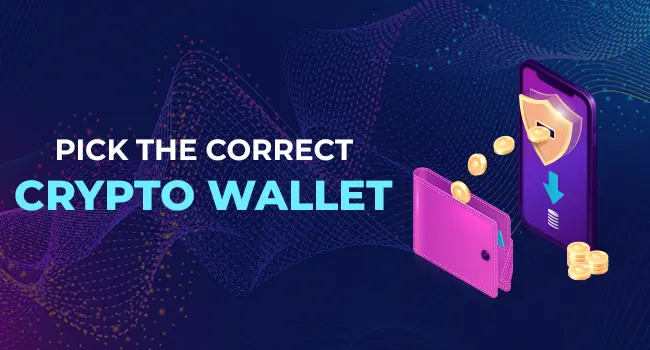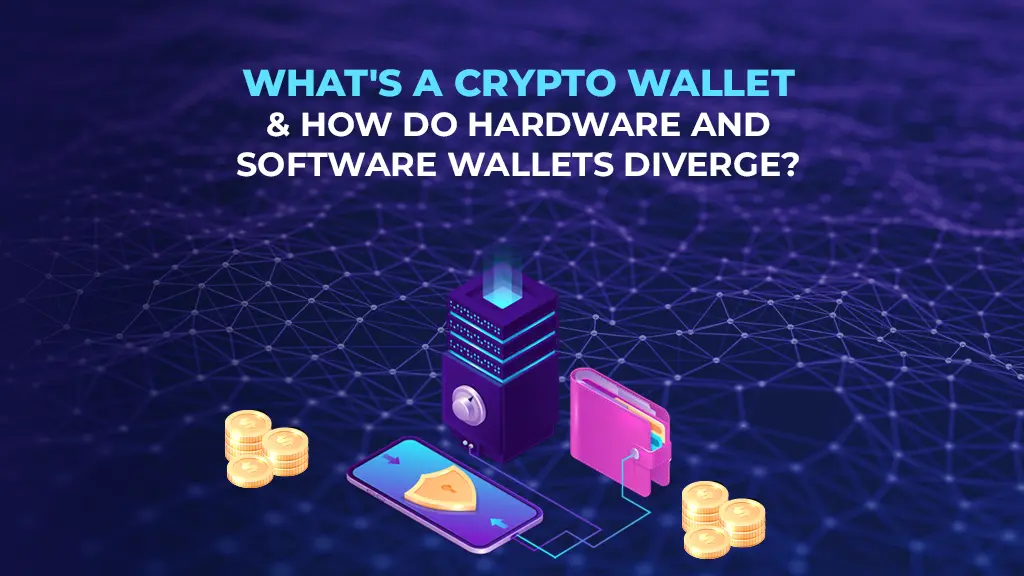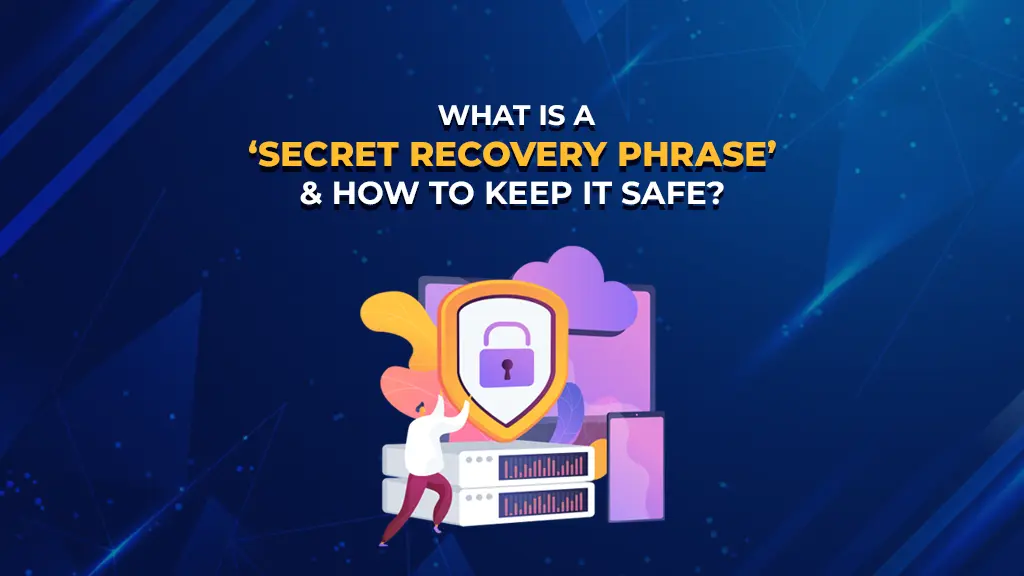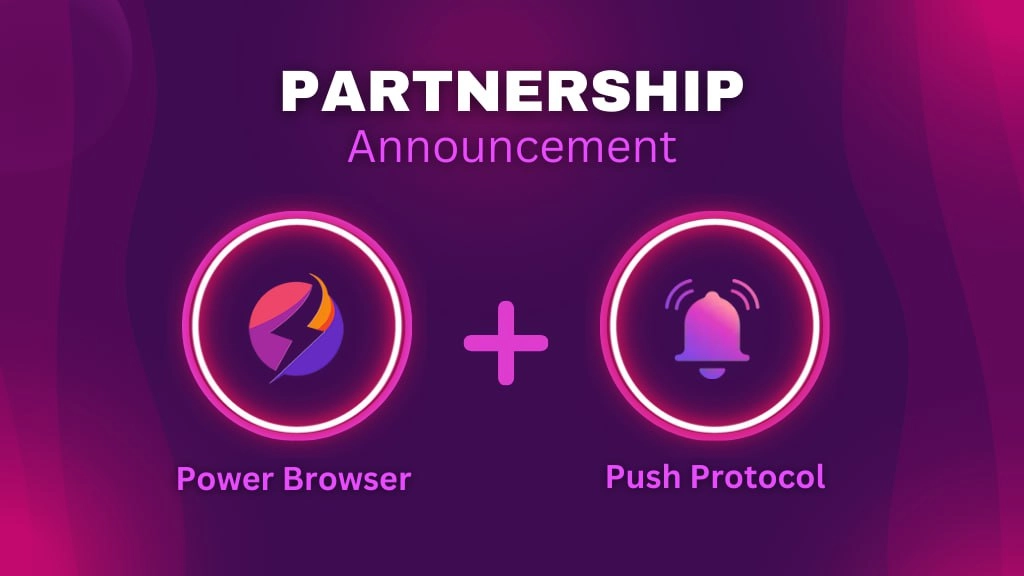Crypto wallets serve as the digital equivalent of traditional bank accounts, enabling users to buy, store, and transfer various cryptocurrencies, including popular options like Bitcoin and Ethereum.
Unlike conventional banking, crypto wallets offer diverse options, including custodial and non-custodial solutions, each with its own set of benefits and considerations. Whether you’re a seasoned investor or a newcomer exploring decentralized finance (DeFi) and non-fungible tokens (NFTs), grasping the basics of crypto wallets is paramount.
In this article, we’ll delve into the workings of these wallets, shedding light on the differences between hardware and software wallets, and empowering readers with the knowledge to navigate the crypto landscape confidently.
In the realm of cryptocurrency management, grasping the concept of public and private keys is fundamental to comprehending the workings of your wallet.
Here’s a breakdown of these key elements:
Your wallet’s public key is used to create individual crypto addresses, each represented by a unique string of letters and numbers. These addresses are like your digital mailbox—they’re where you receive your crypto.
Your wallet automatically generates these addresses for each blockchain network you use or buy crypto on. However, keep in mind that each wallet supports specific networks. For example, one wallet might support Bitcoin, Ethereum, and Solana, while another might only support Ethereum.
In addition to the public key, your crypto wallet uses its master private key to generate a unique private key for each crypto address. Think of private keys like the PIN for your bank account—they give you control over your crypto.
Private keys serve as proof of ownership and enable you to send or spend the crypto in your wallet. Essentially, they’re what validate your transactions. While anyone can send crypto to your public crypto address, only you, with your private key, can prove ownership of the crypto received in those transactions.
- Who controls your private keys determines if a wallet is custodial (e.g., exchange-based) or non-custodial (e.g., self-custody).
- With exchange-based custodial wallets, the exchange controls your private keys. In self-storage wallets, you have control over your keys and the recovery phrase associated with them.
- Only non-custodial wallets support connecting to decentralized applications (DApps) since they require control over your private keys.
- Guard your private key closely; never share it.
- Store copies of your private key securely in multiple locations.
- Begin with small transactions to ensure functionality.
- Stay abreast of crypto currency developments and security best practices.
Using a crypto wallet, particularly the advanced functionalities, requires a systematic approach to ensure secure and efficient management of your digital assets.
Here’s a comprehensive guide specifically designed for users of Wallet:
First things first, download and install the wallet app. It’s important to get it from a trusted source to keep your assets safe.
You’ll be guided through setting up your wallet when you open the app. This includes creating a strong password and adding extra security measures like fingerprint recognition if you want.
Before you can start using your wallet, you need to put some cryptocurrency in it. You can either transfer some from another wallet you have or if the app supports it, you might be able to buy some directly.
Inside the app, there’s a section where you can receive funds. Look for it and open it up. You’ll see a long string of letters and numbers or a QR code. That’s your wallet address for the specific type of cryptocurrency you want to receive.
If someone wants to send you cryptocurrency, give them your wallet address or let them scan your QR code. Just be careful to make sure they’re sending the right type of cryptocurrency to the right address. Mistakes can lead to losing your funds.
Find the “Send” or “Transfer” button in your wallet and enter the recipient’s wallet address. You can enter it manually or scan the QR code with your phone’s camera.
Select which cryptocurrency you want to send and how much of it. Please ensure you have enough money in your account to pay the amount you would like to send.
Review the transaction details carefully, including the recipient’s address and the amount of cryptocurrency being sent. Confirm the transaction, authenticating it using any security measures enabled on your crypto wallet (e.g., passphrase, biometric authentication).
Review all the details of your transaction carefully before confirming. Once you’re sure, go ahead and confirm it. Keep in mind there might be a small fee for making the transaction. This fee helps keep the cryptocurrency network running smoothly.
After you’ve sent the cryptocurrency, you can keep track of the transaction’s progress within the app. Make sure it goes through successfully on the blockchain network.
By following these steps, wallet users can effectively utilize their wallet’s advanced features to securely send and receive cryptocurrencies, empowering them to manage their digital assets with confidence and convenience.
Cryptocurrency storage solutions come in two primary forms: hardware and software wallets. Understanding the distinctions between these options is crucial for users seeking to safeguard their digital assets effectively.
Hardware wallets store users’ private keys offline, typically on a secure hardware device. This isolation from internet-connected devices provides a significant security advantage, as it mitigates the risk of online attacks targeting sensitive information.
Hardware wallets are tangible devices resembling USB drives or small electronic gadgets. They often feature built-in screens and buttons for user interaction, facilitating secure transaction signing directly on the device.
It employs specialized security features such as secure elements and encryption algorithms to safeguard private keys. Additionally, transactions initiated from a hardware wallet require physical confirmation, adding an extra layer of protection against unauthorized access.
While hardware wallets offer unparalleled security, they may be less convenient for frequent transactions or accessing funds on the go. Users must have a physical device on hand to manage their cryptocurrency holdings.
Software wallets exist as digital applications or programs running on computers, smartphones, or web browsers. They provide a versatile and accessible means of storing and managing cryptocurrencies.
Unlike hardware wallets, it operates in online environments, storing private keys either locally on the user’s device or remotely on a server managed by the wallet provider. This accessibility facilitates easy fund management and transaction execution from any internet-connected device.
Software wallets are susceptible to various online security risks, including hacking, phishing attacks, and malware infections. Users must take proactive measures to secure their software wallets, such as employing strong passwords and enabling additional security features like two-factor authentication.
This offers unparalleled convenience, allowing users to access their cryptocurrency holdings seamlessly and engage in transactions with ease. They are well-suited for individuals requiring frequent access to their funds or actively participating in cryptocurrency trading.
As the world of cryptocurrency wallets evolves, we’re seeing exciting new solutions that combine the best of both software and hardware options. One standout example is the Power Wallet, nestled within the cutting-edge Power Browser.
This unique integration ensures heightened security against spoofing while maintaining optimal device performance, making your digital transactions safer and smoother than ever before.
The crypto wallet is packed with advanced features to meet diverse needs. It simplifies asset swapping and using Dapps while ensuring secure transactions. Easy to use and secure, it gives confidence in managing digital assets. For cryptocurrency enthusiasts, the Power Wallet is the go-to choice, offering a tailored solution for your needs.






